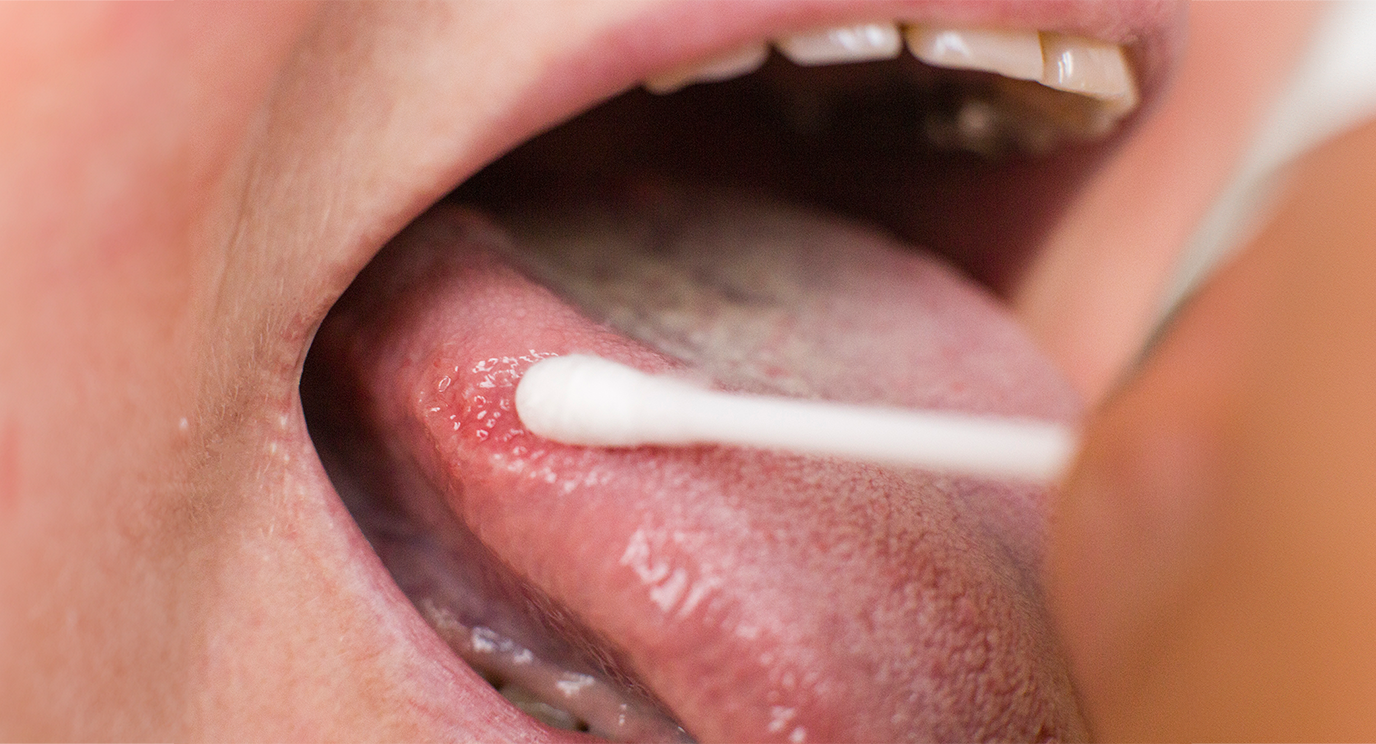- Diseases
- Acoustic Neuroma (16)
- Adrenal Gland Tumor (24)
- Anal Cancer (70)
- Anemia (2)
- Appendix Cancer (18)
- Bile Duct Cancer (26)
- Bladder Cancer (74)
- Brain Metastases (28)
- Brain Tumor (234)
- Breast Cancer (728)
- Breast Implant-Associated Anaplastic Large Cell Lymphoma (2)
- Cancer of Unknown Primary (4)
- Carcinoid Tumor (8)
- Cervical Cancer (164)
- Colon Cancer (168)
- Colorectal Cancer (118)
- Endocrine Tumor (4)
- Esophageal Cancer (44)
- Eye Cancer (36)
- Fallopian Tube Cancer (8)
- Germ Cell Tumor (4)
- Gestational Trophoblastic Disease (2)
- Head and Neck Cancer (14)
- Kidney Cancer (130)
- Leukemia (342)
- Liver Cancer (50)
- Lung Cancer (286)
- Lymphoma (278)
- Mesothelioma (14)
- Metastasis (30)
- Multiple Myeloma (100)
- Myelodysplastic Syndrome (60)
- Myeloproliferative Neoplasm (6)
- Neuroendocrine Tumors (16)
- Oral Cancer (102)
- Ovarian Cancer (178)
- Pancreatic Cancer (162)
- Parathyroid Disease (2)
- Penile Cancer (14)
- Pituitary Tumor (6)
- Prostate Cancer (150)
- Rectal Cancer (58)
- Renal Medullary Carcinoma (6)
- Salivary Gland Cancer (14)
- Sarcoma (238)
- Skin Cancer (302)
- Skull Base Tumors (56)
- Spinal Tumor (12)
- Stomach Cancer (66)
- Testicular Cancer (28)
- Throat Cancer (92)
- Thymoma (6)
- Thyroid Cancer (100)
- Tonsil Cancer (30)
- Uterine Cancer (86)
- Vaginal Cancer (18)
- Vulvar Cancer (22)
- Cancer Topic
- Adolescent and Young Adult Cancer Issues (22)
- Advance Care Planning (12)
- Biostatistics (2)
- Blood Donation (18)
- Bone Health (8)
- COVID-19 (360)
- Cancer Recurrence (120)
- Childhood Cancer Issues (120)
- Clinical Trials (628)
- Complementary Integrative Medicine (22)
- Cytogenetics (2)
- DNA Methylation (4)
- Diagnosis (240)
- Epigenetics (6)
- Fertility (62)
- Follow-up Guidelines (2)
- Health Disparities (14)
- Hereditary Cancer Syndromes (128)
- Immunology (18)
- Li-Fraumeni Syndrome (8)
- Mental Health (122)
- Molecular Diagnostics (8)
- Pain Management (62)
- Palliative Care (8)
- Pathology (10)
- Physical Therapy (18)
- Pregnancy (18)
- Prevention (940)
- Research (390)
- Second Opinion (78)
- Sexuality (16)
- Side Effects (616)
- Sleep Disorders (10)
- Stem Cell Transplantation Cellular Therapy (216)
- Support (408)
- Survivorship (330)
- Symptoms (182)
- Treatment (1794)
Oral cancer symptoms by stage
4 minute read | Published July 22, 2024
Medically Reviewed | Last reviewed by an MD Anderson Cancer Center medical professional on July 22, 2024
Oral cancers can cause many different symptoms. And, because they may develop on the tongue, lips, gums, cheek, hard palate or floor of the mouth, these symptoms vary widely.
In the earlier stages of oral cancer, we tend to see more anatomical symptoms, such as a white patch on the gums or a lesion inside the cheek. As oral cancer becomes more advanced, though, we start seeing pain and more functional symptoms, such as trouble eating, slurred speech, and loose teeth that can make chewing difficult.
Here is a guide to help you recognize some other oral cancer symptoms by stage.
Pre-cancerous and stage I oral cancer symptoms
You can take a look inside of your mouth to see what’s going on, just by using a mirror and a flashlight.
In the earliest stages of oral cancer, suspicious things to look for include:
- White patches, known as leukoplakia, which can be cancerous or pre-cancerous
- Red patches, known as erythroplakia
- Patches with a mixture of red and white, known as erythroleukoplakia
- Other changes in texture or color
- Any ulcer or sore spot that doesn’t heal, or at least improve, within two weeks
- A thickening of the buccal mucosa, or inner cheek lining
Stage II and III oral cancer symptoms
As a tumor becomes larger and deeper, it can start affecting the nerves of the head and neck. So, if you have undiagnosed oral cancer, you may start noticing numbness or a loss of sensation around the jaw, lips, tongue or mouth. Invaded nerves can also cause hypersensitivity and pain. As oral cancer progresses, it may begin affecting the muscles that control the jaw, making it harder to open and close your mouth or chew your food.
Here are some other symptoms you may notice with stage II or III oral cancer:
- Swollen salivary glands
- Swollen lymph nodes in the neck
- Pain in the mouth that won’t go away
- Slurred speech
- Dentures that no longer fit
Stage IV oral cancer symptoms
Once oral cancer is really advanced, and a tumor has spread beyond its original location, it begins to affect major nerves. So, you might start noticing larger areas of numbness or feeling significant pain.
If lymph nodes become involved as well, you could see swelling or bumps or lumps in the neck or jaw. And, if oral cancer has invaded the muscles that control the jaw or the jaw bone itself, you may also experience a condition called trismus, or “lockjaw,” which prevents you from opening your mouth very wide — or in some cases, at all.
Once an oral cancer has metastasized, additional symptoms will depend on where it has spread, such as the liver or lungs. But other stage IV symptoms of oral cancer can include:
- Loose teeth
- Swelling of the jaw bone or tongue
Other oral cancer symptoms
Pain when swallowing, hoarseness, voice changes, and an earache that won’t go away can sometimes be symptoms of oral cancer. But they’re much more common symptoms of throat cancers, also known as oropharyngeal cancers. You usually can’t see those cancers in the mouth.
Some oral cancer symptoms can also appear with both early and late-stage disease. Weight loss, for example, generally occurs in early-stage oral cancers because patients can’t move their jaws or tongue well enough to eat. But in later-stage oral cancers, weight loss occurs because patients have lost their appetite.
Bleeding in the mouth is another tricky symptom. If you’re brushing your teeth and see a little blood oozing out of a lesion mixed with saliva, that could be a sign of early-stage oral cancer. But the amount and pattern of bleeding matter. If it’s a significant amount or the bleeding doesn’t stop, that’s a really bad sign. But continuous bleeding is not usually a sign of oral cancer.
When to contact a doctor about oral cancer symptoms
Most oral cancers in the United States occur on the tongue or mouth. In other countries, especially those in Southeast Asia, where chewing betel nuts is more common, oral cancers appear more frequently on the gums and inner cheek.
But between 60,000 and 100,000 people will be diagnosed with oral cancer in the U.S. this year alone. And the number of people estimated to have suspicious lesions in their mouth is about 10 times that much.
So, talk to your doctor or ask for a referral to an oral surgeon or a head and neck specialist if you notice anything out of the ordinary, especially if it doesn’t heal or improve in a couple of weeks. Don’t put off investigating anything unusual you see inside your mouth.
Mouth cancer is prevalent even among young patients without any risk factors. And, early detection with a simple biopsy, done in clinic, allows quick and accurate diagnosis at an early stage. Cancers are much easier to treat when we catch them early. Early diagnosis might also spare patients additional therapies, such as radiation or chemotherapy.
Moran Amit, M.D., Ph.D., is a surgeon and researcher who specializes in the treatment of head and neck cancers.
Request an appointment at MD Anderson online or call 1-844-849-6282.
Related Cancerwise Stories

Some symptoms can appear with both early and late-stage oral cancers.
Moran Amit, M.D., Ph.D.
Physician & Researcher





